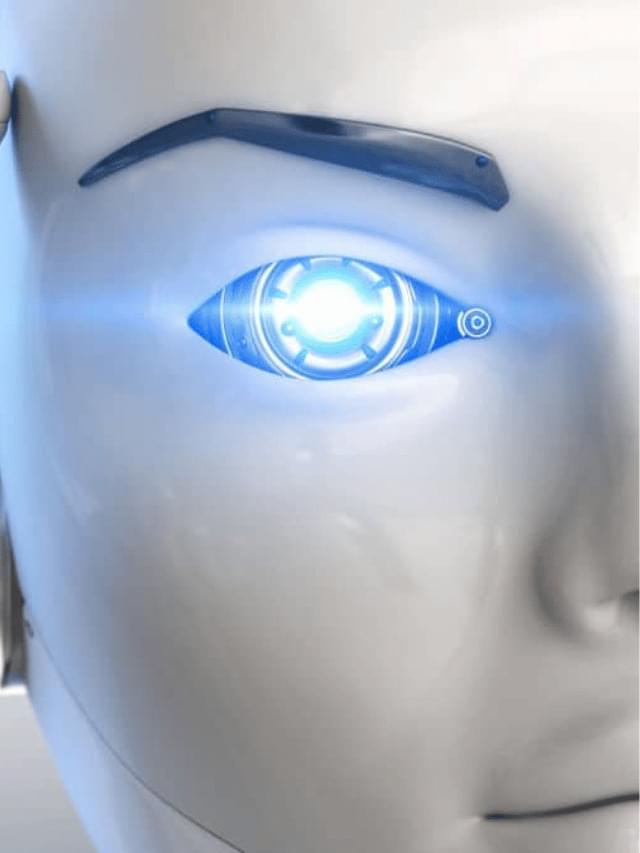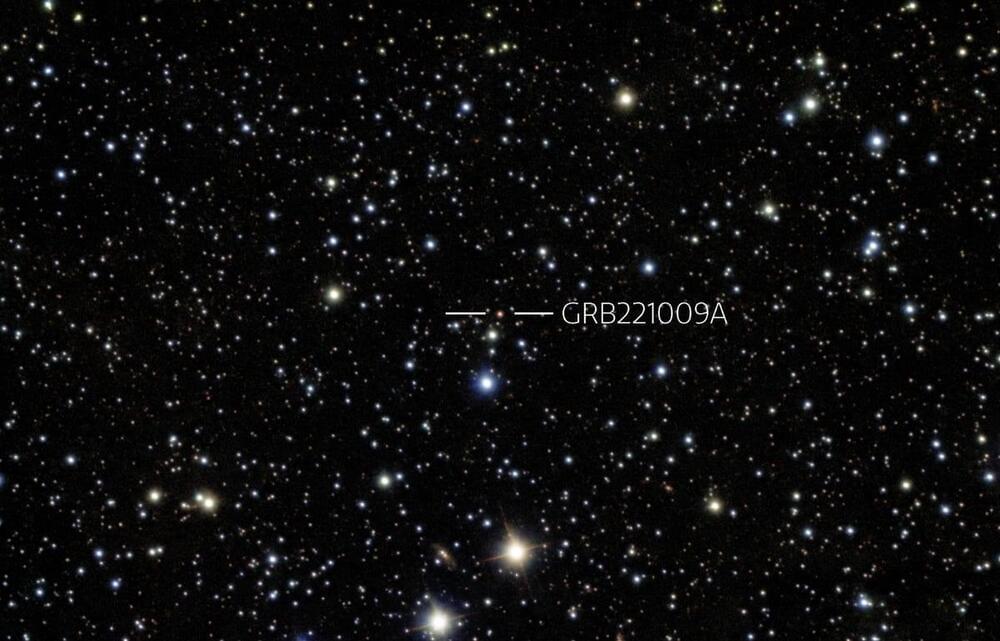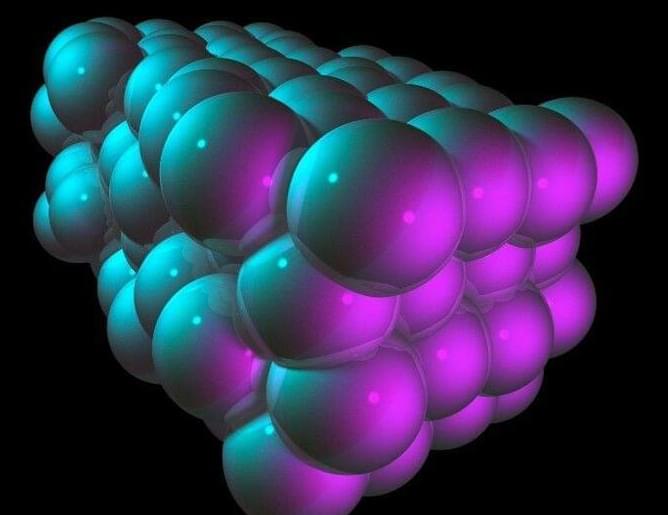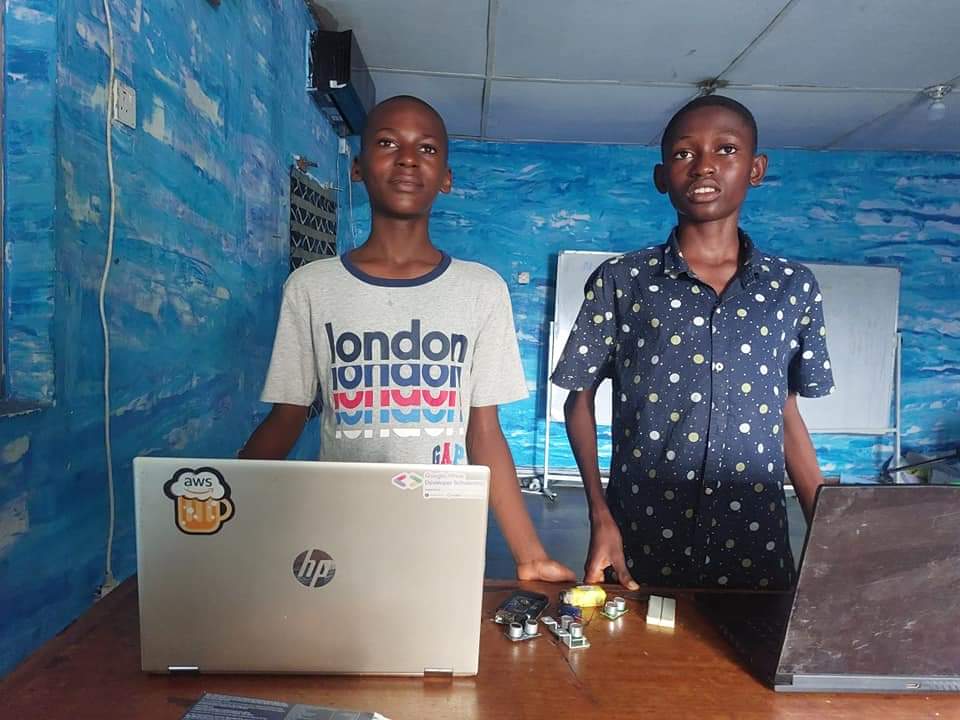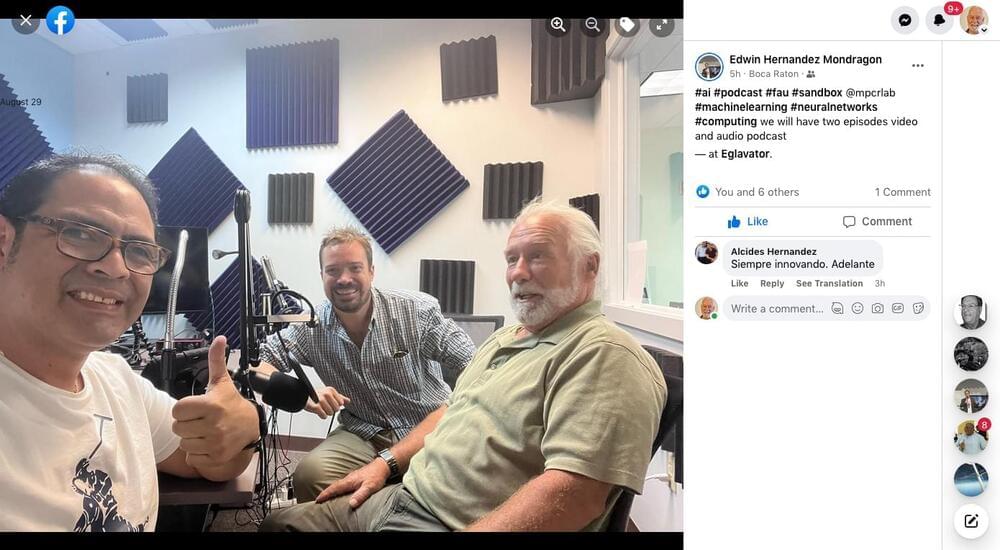Artificial Intelligence has the potential to cause nuclear war-like catastrophic events, a new study says.
Lao Tzu Quotes On Love And Happiness
Posted in futurism
This work studies how a lattice of tunable beams can learn desired behaviors and what factors affect mechanical learning.
On Oct. 9, an unimaginably powerful influx of X-rays and gamma rays infiltrated our solar system. It was likely the result of a massive explosion that happened 2.4 billion light-years away from Earth, and it has left the science community stunned.
In the wake of the explosion, astrophysicists worldwide turned their telescopes toward the spectacular show, watching it unfold from a variety of cosmic vantage points — and as they vigilantly studied the event’s glimmering afterglow over the following week, they grew shocked by how utterly bright this gamma-ray burst seems to have been.
Eventually, the spectacle’s sheer intensity earned it a fitting (very millennial) name to accompany its robotic title of GRB221009A: B.O.A.T. — the “brightest of all time.”
Plutonium is the 94th element in the periodic table and one of the most dangerous elements on Earth. Here we explore Plutonium in more detail.
This chaotic scene is where life’s ingredients are cast off into space. Cassiopeia A exploded in the 17th century, making it a fairly recent one.
Bouncy castle inspires inventor to develop a method for constructing inflatable concrete homes.
Company delivers 15-minute inflatables to building sites and then pumps concrete into them to produce a building in one hour.
